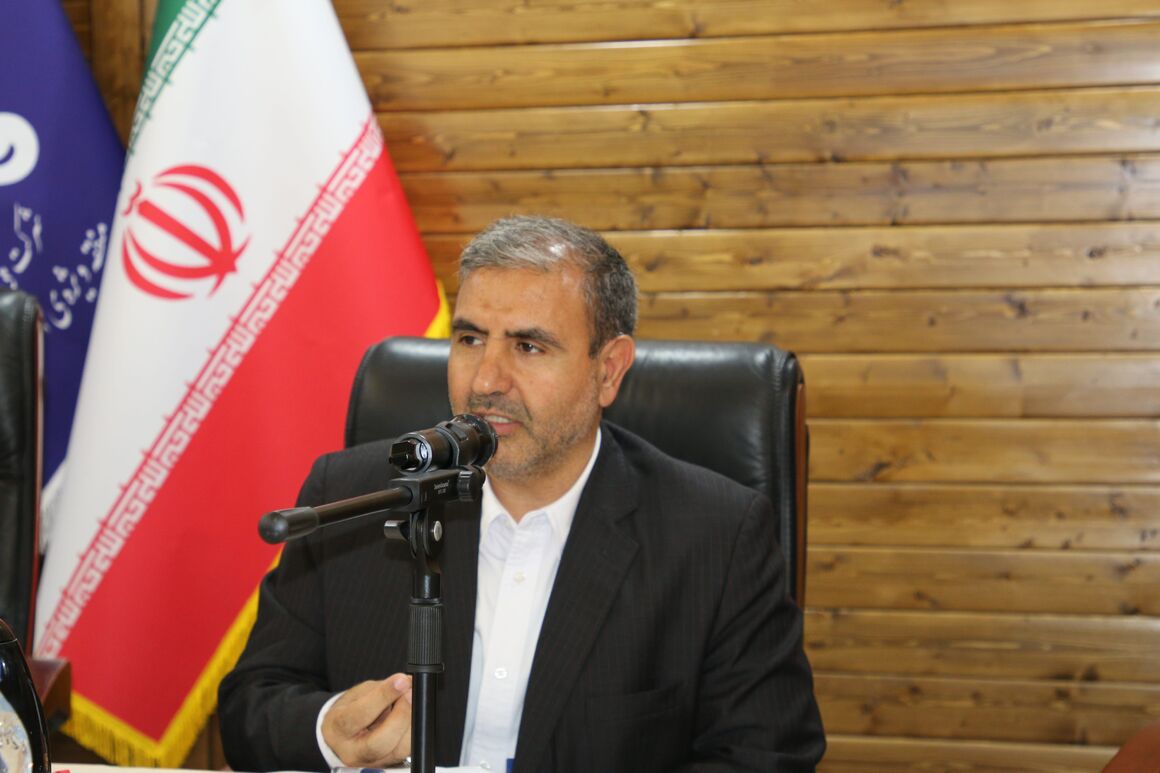Speaking in a meeting between the country’s executive managers and South Pars oil managers, Sekhavat Asadi added, “In spite of sanctions, $150 billion have been invested in upstream and downstream sectors of the Pars Special Economic Energy Zone.”
Four refinery-integrated petrochemical plants are under construction in the giant field, said the PSEEZ CEO, adding there will be no need to export gas condensates when the plants become operational.
According to him, 48 percent of the country’s petrochemicals are produced in this zone and domestic output will double after the new petrochemical projects in the South Pars come on stream.
The zone’s petrochemical complexes are fed by gas produced in the same zone, explained Asadi, continuing the Persian Gulf Star Refinery, which supplies 40 percent of the country’s gasoline, receives its feedstock from gas condensates of the South Pars field.
The value of the Pars Special Economic Energy Zone’s annual exports in the previous Iranian calendar year, which ended on March 21, 2023, increased 40 percent, hitting $12.3 billion, he mentioned.
Iran’s energy hub is among the strategic targets of the enemy, which is seeking to inflict a blow on the country, said Asadi, concluding that Iran’s gas output is, however, higher than Qatar’s now.


Your Comment